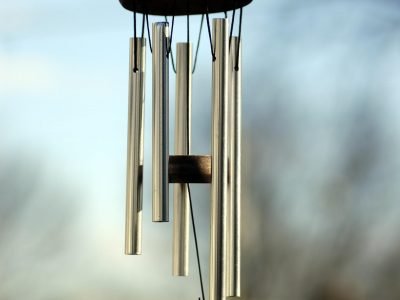Every household treasures the omnipresent refrigerator. It’s the silent guardian of our perishables, the keeper of the midnight snack, and the ultimate refreshment provider during hot summers. But, like all machines, it sometimes falters. And when it does, refrigerator repair becomes a skill as essential as any other. But there’s more to this repair than meets the eye; it’s an art form, a science, and an adventure into the heart of this indispensable machine.
The Symphony of Parts
A refrigerator might seem like a straightforward appliance, but behind that cool façade lies a symphony of parts working harmoniously. The thermostat, for instance, is the maestro, sensing the temperature inside and deciding when the compressor should start its rhythmic dance. The compressor then plays its tune, compressing the refrigerant, and sending it through the coils. Here, the heat is dissipated, and the refrigerant transforms from a hot gas to a cooler liquid, chilling the inside of the fridge.
Understanding each component’s role is crucial. It’s not just about fixing a malfunctioning part but about realizing its relationship with the whole. When a technician dives into the depths of a refrigerator, they’re not only looking for a faulty piece but ensuring the entire orchestra is in harmony.
The Art of Diagnosis
Refrigerator repair begins long before the tools come out. It starts with a keen ear, an observant eye, and a touch of intuition. Listening to the hums, buzzes, or silences can unveil a world of information. A fridge that’s silent might have a failing compressor, while a constant drip might hint at a defrost issue.
Visual cues are equally telling. Frost build-up, for instance, can be a sign of a door seal issue, while pooling water at the bottom may indicate a blocked defrost drain. The art lies in piecing these observations together, creating a story of what’s happening inside the machine.
Adventures in Refrigerator Landscapes
Every refrigerator repair journey is unique. Some adventures take the technician into the frozen tundras of the freezer, chipping away at sheets of ice. Others might lead them to the tropical climates near the compressor, feeling the warmth of coils or the cool touch of refrigerant.
These landscapes, as diverse as they are, hold a sense of wonder. The refrigerator’s design is a testament to human ingenuity, creating varying climates within a single space. Navigating these terrains and understanding their intricacies makes the repair process so enchanting.
Conclusion
In the age of disposable products and rapidly evolving technology, the art of refrigerator repair stands as a beacon, reminding us of the importance of preservation, both of our perishables and of the machines themselves. Treating repair as an intricate dance between man and machine allows us to extend the life of our appliances and reduce waste, all while marvelling at the brilliant engineering that keeps our foods fresh. The world of refrigerator repair isn’t just about fixing; it’s about understanding, respecting, and celebrating the magic of everyday machinery














Comments